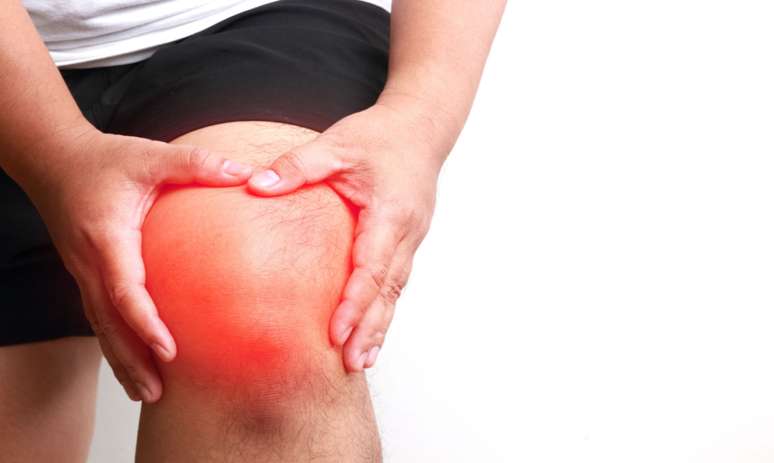The inflammatory fat accumulation characteristic of lipedema ends up overloading joints such as the knees and hips.
Lipedema is a chronic condition that causes disproportionate distribution of fat in the extremities of the body, especially in the lower extremities. The disease mainly affects women and is often confused with obesity or being overweight due to the edema it causes. In fact, these edemas commonly cause pain in the hips and knees.
Impact of lipedema on knees and hips
Dr. Isaias Chaves, an orthopedic doctor specializing in knees and hips, explains that fat accumulation leads to inflammation and dysregulation of sensory nerve fibers. Due to the distribution of fat in the body, the knees and hips end up being the main areas of pain.
“Fat deposits near the knees and hips can cause changes in the patient’s way of walking, favoring the onset of an inflammatory process in the joints (Arthritis),” warns the doctor.
How to treat the condition
The orthopedist explains that, in general, the treatment of lipedema initially involves a multidisciplinary approach. Physiotherapy therefore appears to be an important action in pain control.
“It is necessary to carry out manual therapies, local manipulations, adequate compressions with clothing and therapies with exercises aimed at the hips and knees. Furthermore, in some cases, regular manual lymphatic drainage”, explains the doctor.
To treat lipedema, specifically, the specialist recommends:
- Manual lymphatic drainage;
- Adequate compression therapy with tailored clothing (compression classes II-III);
- Physiotherapy and physical therapy;
- Psychosocial therapy;
- Dietary consultancy and weight control;
- Patient education on self-management.
In cases where conservative treatment (described above) is unsuccessful, surgical interventions are required to remove the fat that inflames the body. “At this time it is important to consult a plastic surgeon and evaluate the best approach,” says the professional.
Pay close attention to the problem
Dr. Isaias reveals that 10% of women experience lipedema at some point in their lives, that’s one in ten patients. “Even with this high incidence, it is an underdiagnosed disease. This is because it is common for patients with lipedema that the cause of the pain is attributed to tendonitis or meniscus tears in the knees and, ultimately, that treatment is not performed correctly,” the doctor emphasizes.
Additionally, obese patients with lipedema, even when they lose weight (after bariatric surgery, for example), may continue to have inflammatory fat accumulation. Therefore, losing weight is not a guarantee of improvement in your condition. “If you have a hip and knee diagnosis and your pain does not improve, seek a specialist in these joints for an appropriate evaluation,” emphasizes the orthopedist.
Source: Terra
Ben Stock is a lifestyle journalist and author at Gossipify. He writes about topics such as health, wellness, travel, food and home decor. He provides practical advice and inspiration to improve well-being, keeps readers up to date with latest lifestyle news and trends, known for his engaging writing style, in-depth analysis and unique perspectives.









